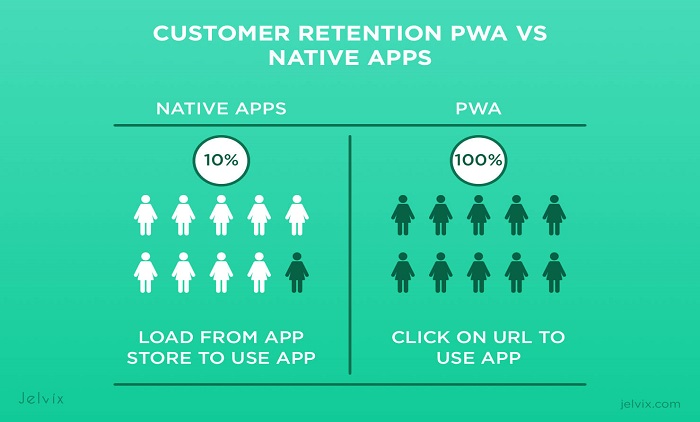
PWA is a website that acts like a native mobile app. The main difference between PWA and a native mobile application (Android or iOS app or …)is that a PWA works in a browser, so there is no need to download it from app stores and it can be used without installation. Thanks to service workers, advanced web applications (PWA) can store data in the user’s device in cache. This allows users to stay up to date, regardless of their internet speed. For example, Twitter offers a PWA. However, they also have native mobile apps for iOS and Android.
In general, the native application can get access from the operating system that PWA cannot have access to. For example, in the Instagram application, you can take a photo and put a filter on the photo, and this is done by the software. But the same thing is disabled on Instagram PWA because it is not easy to implement this feature in PWA. Or, for example, in the native application, you can access the person’s contacts, if this is not possible in PWA.
The interesting thing is that if you look at PWA Instagram, you will see that contrary to what you thought, this PWA, which is so big for the company, is full of bugs and completely bothers the user from using PWA. This is not a PWA problem. Instagram does not care about PWA for the same reason that Apple does not touch pages for its MacBooks. In fact, if it delivers PWA without bugs, people will no longer install the native application. Therefore, Instagram can no longer access the user’s contacts
PWA Authorized Access List
Camera & Microphone
- Audio & Video Capture Yes
- Advanced Camera Controls Yes
- Recording Media Yes
- Real-Time Communication Yes
Surroundings
- Bluetooth Yes
- USB Yes
- NFC No
- Ambient Light No
Device Features
- Network Type & Speed Yes
- Online State Yes
- Vibration Yes
- Battery Status Yes
- Device Memory Yes
Native Behaviors
- Local Notifications Yes
- Push Messages Yes
- Home Screen Installation Yes
- Foreground Detection Yes
- Permissions Yes
Operating System
- Offline Storage Yes
- File Access Yes
- Contacts No
- SMS/MMS No
- Storage Quotas Yes
- Task Scheduling No
Input
- Touch Gestures Yes
- Speech Recognition Yes
- Clipboard (Copy & Paste) Yes
- Pointing Device Adaptation Yes
Seamless Experience
- Offline Mode Yes
- Background Sync Yes
- Inter-App Communication No
- Payments Yes
- Credentials Yes
Location & Position
- Geolocation Yes
- Geofencing No
- Device Position Yes
- Device Motion Yes
- Proximity Sensors No
Screen & Output
- Virtual & Augmented Reality Yes
- Fullscreen Yes
- Screen Orientation & Lock Yes
- Wake Lock Yes
- Presentation Features Yes
These accesses are according to the latest Chrome update today, January 20, 1998. As you can see, it is not possible to access a series of vital items such as sms or contacts and more importantly Task Scheduling. Many friends who want to design an application, say that in the part where the user is going to register, after entering his mobile number, the security code will be automatically read from the SMS, like the WhatsApp application. But this is not possible in PWA, or you can not create an application that has the call to prayer, or have a reminder. Because we do not have access to the task scheduling.
Of course, until two years ago, this was not the case and they are gradually being added. For example, Chrome has an update that you can select a part of your contacts and send to it, it can not be sent completely. Well, these things are added over time. Technology is moving in this direction. We also circumvent the restrictions. There are many solutions to overcome such limitations. Of course not all of them:)
Applications such as Snap and Tapsi that access the location can be easily implemented as PWA. This case and you can see in their online versions.
In general, there are many differences between native application and PWA
In terms of speed, native applications are definitely faster. But the important thing is the advancement of technology and this should not be ignored.
The advantages of using PWA
- SEO acceptance
- Autonomous function
- Easy access without the need for installation
- Cheap production cost compared to native applications
- multi os means it can be run on any operating system
The downside of using PWA
- Consuming more battery is something that not everyone knows about.
But rest assured, JavaScript on the browser consumes a lot of battery power - We do not have access to anything (which is updated daily)
You can see an example of a pwa designed by the Idehweb team here betterchance pwa
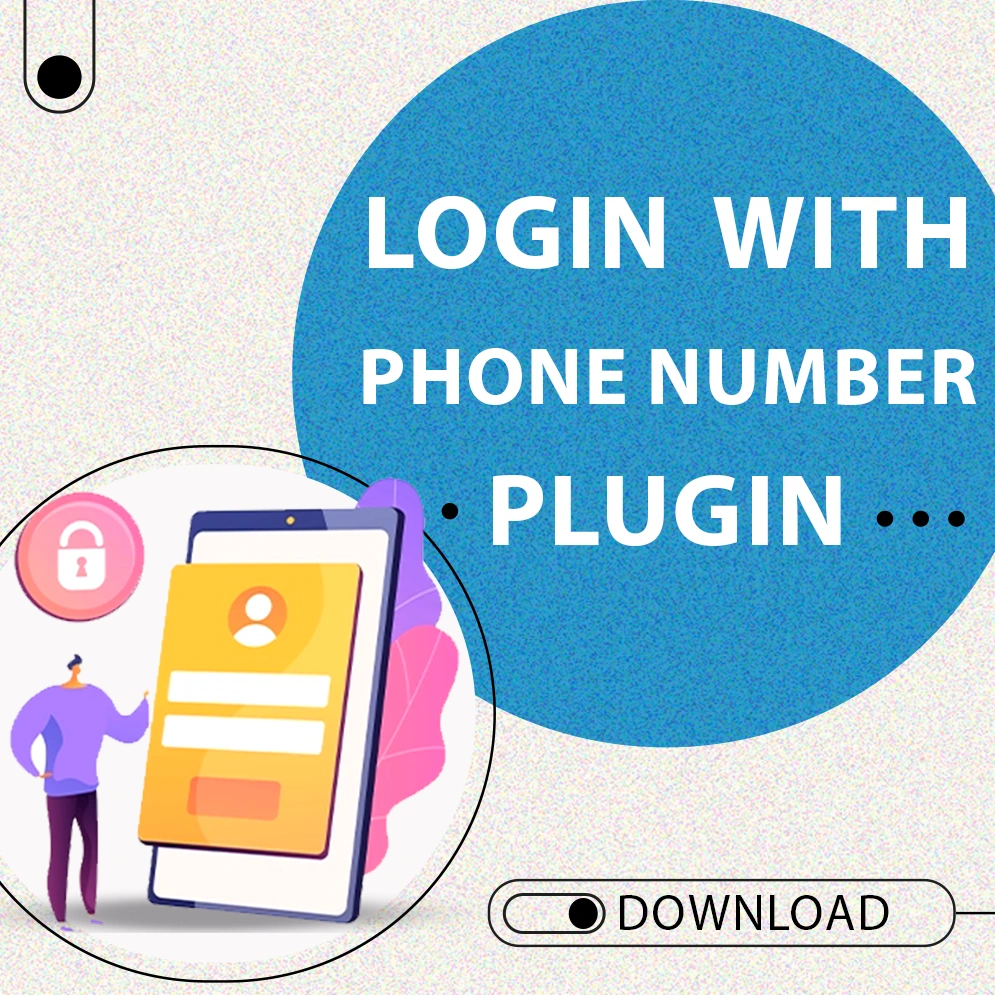
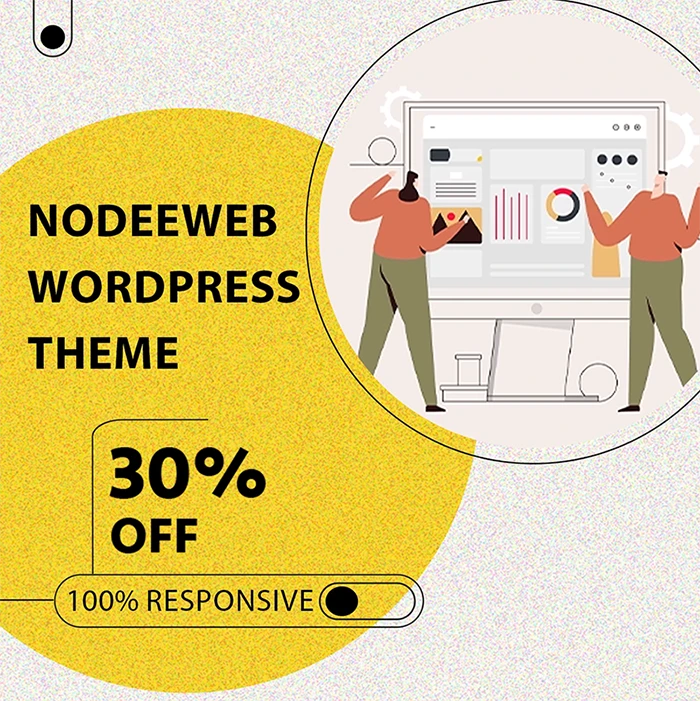
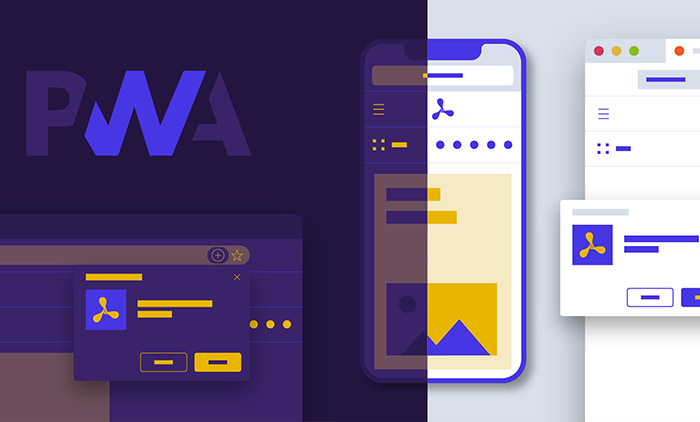
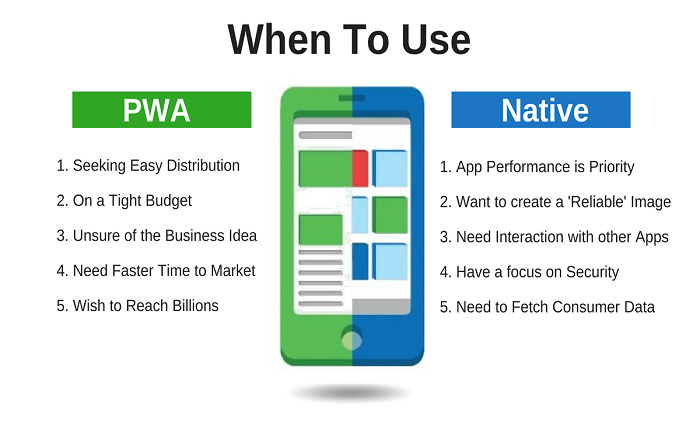
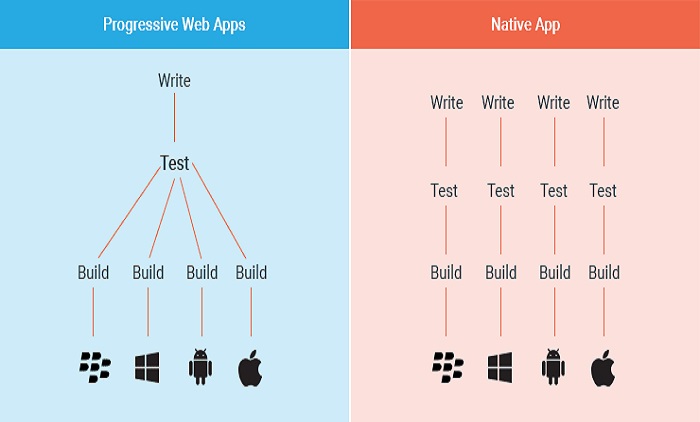
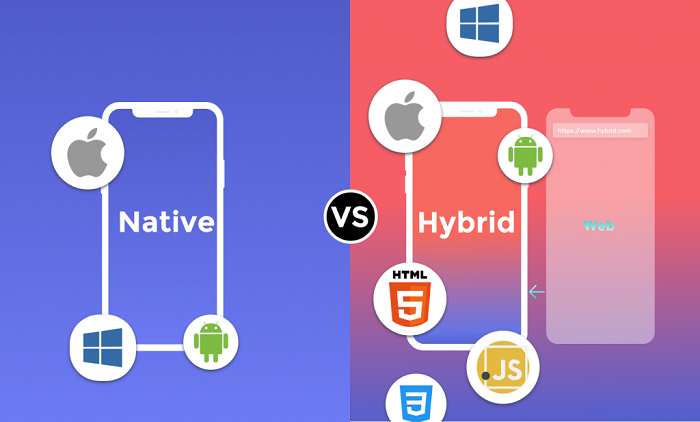
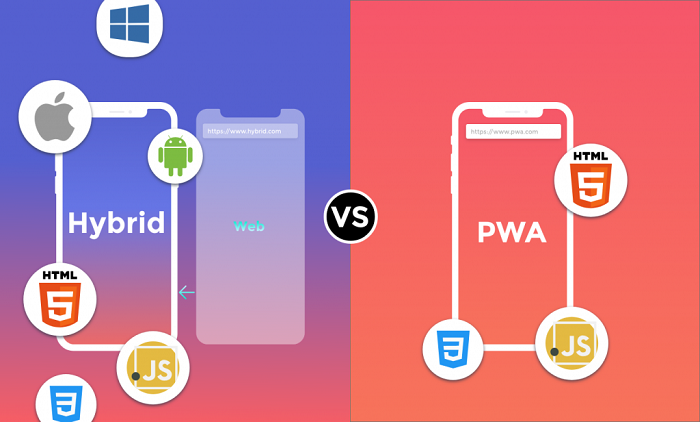
Leave a Reply